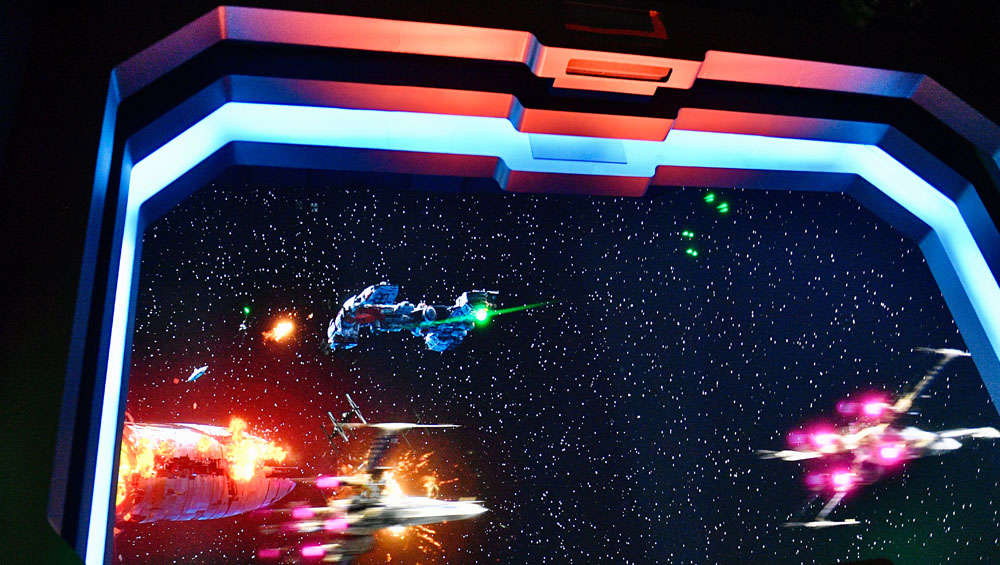Create a free profile to get unlimited access to exclusive videos, sweepstakes, and more!
Star Wars just got real, because the Army is building a real-life laser blaster

You know how space battles in Star Wars always involve those laser blasters that fire gobs of light and heat at anything that gets in their way? In a galaxy far, far away from Coruscant or Tattooine, we might be getting close.
Luke would be amazed to see this. The U.S. Army is building a laser blaster over a million times more powerful than any previous laser platform. These badass weapons work by pulsing beams at a target (such as a drone or missile) until it melts, which already sounds sci-fi enough. This one fires flashes of light that look like glowing bullets, not unlike all the pew! pew! pew! that goes on in Star Wars. The super blaster will also vaporize its targets instead of burning or melting them like its predecessors. It could be the most powerful weapon on Earth — and in the galaxy.
“The Army is preparing the warfighter for a future battlefield with rapidly modernizing militaries while new threats and gaps are emerging,” said a brief that revealed this next-level blaster.
The Tactical Ultrashort Pulsed Laser (UPSL) platform will be part of the Tactical Ultrashort Pulsed Laser Platform system. Not only can it vaporize an enemy drone, but it can also disrupt enemy signals like nothing else. It won’t even need a monstrous amount of energy to pull that off. While current blasters use continuous wave (CW) lasers that keep shooting laser beam after laser beam, the UPSL will fire short but powerful pulses. If you’re wondering how short these pulses will be, try one quadrillionth of a second. It can reach a terawatt of power in that time. These are levels of speed and energy that are almost unfathomable.
CW lasers may be effective enough for now, but fall short of science fiction. They just aren’t capable of firing at that speed. While they can melt their targets, burn them or mess with optical sensors by zapping them with high-intensity light, they are nowhere near vaporizing the outer layer of a drone like the USPL can. The UPSL improves on CWs massively. This thing is rugged enough to withstand being beat up, but can aim with precision and do irreversible damage. It can turn pieces of a target to vapor, screw with sensors enough to make them useless, and also overpower the innards of the electronics from the Dark Side.
“The sheer amount of intensity in a terawatt pulse laser is able to cause a non-linear effect in air resulting in a self-focusing filament,” the brief said. “These filaments propagate without diffraction, providing a potential solution to the negative impact turbulence has on beam quality when propagating a conventional CW laser system.”
Meaning, USPL laser beams are created without light scattering all over the place, and, unlike CWs, can resist the effects of wind or any other turbulent conditions that could sabotage them. They might even be more effective than the flashy laser face-offs in Star Wars.
The fictional blaster cannons (which is what the USPL is closest to) are supposed to convert gas with enough energy into a laser beam that kind of acts like a CW laser by melting targets or blowing holes in them. Even though they can take down a Stormtrooper, they can still be deflected by force shields or repelled by magnetic seals like those on the doors of the Death Star’s garbage compactors. Remember that scene when Han tried to shoot at one of those doors and the bolt bounced around? It doesn’t really matter that he was wielding a blaster gun instead of a cannon. Different weapon, same tech.
Expect to see a prototype of this out-of-this-world machine by 2022. We’ll just need Han to shoot first.



























